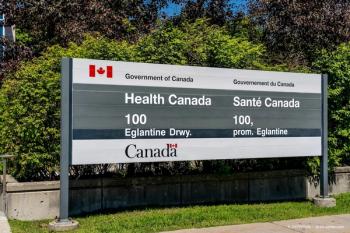
Clinical Perspectives Comparing Faricimab and Aflibercept 8mg
David Eichenbaum, MD, FASRS provides his clinical experience with faricimab and aflibercept 8 mg, highlighting the small and large changes that benefit a patient’s quality of life, such as improved visual anatomy or reducing the frequency of visits.
Summary
David Eichenbaum, MD, FASRS reflects on his experience with faricimab and aflibercept 8 mg, noting that both second-generation agents have shown superiority over first-generation agents like ranibizumab and aflibercept 2 mg. While he acknowledges these advancements as significant, he characterizes them as incremental rather than revolutionary. He emphasizes the importance of these drugs in optimizing care for patients with macular degeneration, particularly in terms of anatomic response and durability, while highlighting the quality-of-life improvements for patients who require frequent care and doctor visits. Eichenbaum believes that these drugs demonstrate differences in both drying ability and durability compared to their predecessors.
He stresses the relevance of real-world experience, especially with treatment-experienced patients who may have different needs than those in registration studies. Overall, he sees these second-generation agents as essential tools for optimizing the treatment of macular degeneration patients.
This summary was AI-generated and edited for clarity.
Newsletter
Keep your retina practice on the forefront—subscribe for expert analysis and emerging trends in retinal disease management.














































